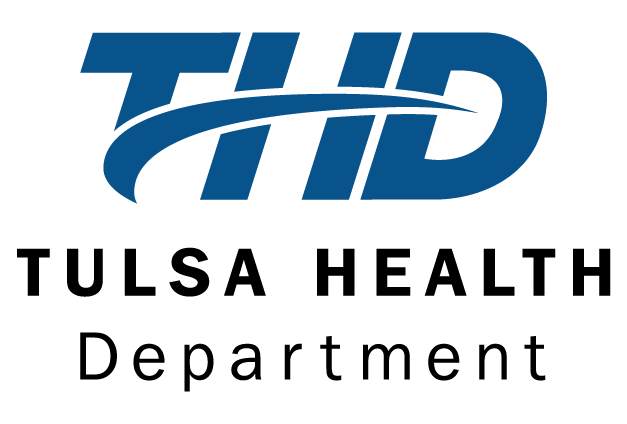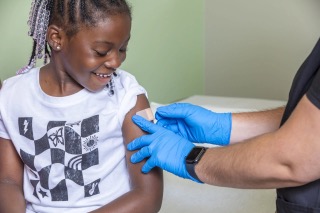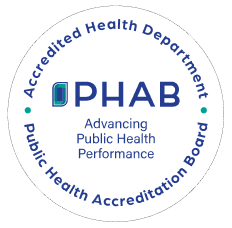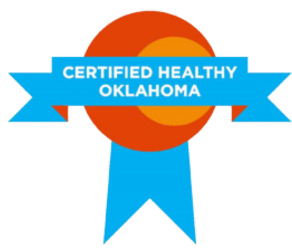TULSA, OK – [December 12, 2019] – This morning, the Tulsa Health Department’s Emergency Preparedness and Response Program (EPRP) held its annual stakeholders meeting with over 65 community partners at Legacy Plaza in midtown.
In Tulsa County, local organizations including the Tulsa Health Department, Tulsa-area hospitals, law enforcement and other response agencies work with emergency management to ensure community disaster preparedness and response plans are in place. As the agency charged with addressing public health concerns within Tulsa County, THD must be prepared to take immediate steps to ensure public safety from diseases and other health threats. The plans are trained, exercised and evaluated to ensure they are operational.
“Our goal is to empower people to be prepared to become a resilient community,” said Alicia Etgen, THD emergency preparedness & response manager. “Anything can happen over the years from ice storms to flooding, and we have to respond quickly with a good strategy in place. This requires a lot of help and that is why you’re here.”
Etgen lead a presentation sharing updates to the Tulsa Mass Immunization Prophylaxis Strategy (MIPS) plan that was established in 2005. Tulsa County is one of 17 MIPS jurisdictions across the 77 counties of Oklahoma responsible for the dispensing of medication and vaccine in the event of a public health emergency.
“We need to make sure we are using resources to the best of our ability,” Etgen added when discussing MIPS plan requires the assistance from the Strategic National Stockpile.
At this year’s stakeholders meeting, there was a brainstorming session addressing real world scenarios during a public health crisis. There were two panel discussions. The first one consisted of members of City of Tulsa, Skiatook Police Department and Oral Roberts University. City of Tulsa panelists discussed why they became a push partner and how it benefits the city. Billy Wakefield, Skiatook Police Department interim chief, shared the importance of moving to their current point of dispensing (POD) site this year.
“I became familiar with POD sites in 2014 when my role became involved with these exercises,” said Wakefield. “It’s a great feeling knowing we are now in a modern facility. The old facility was a logistical nightmare serving a community of 8-16,000. THD worked wonders in making this happen. It’s a big relief, and we are looking forward to our first exercise.”
THD also hosted a full-scale exercise at Oral Roberts University’s Mabee Center in October and administered over 1,176 flu vaccines during the one-day clinic. During the panel discussion, members of the security team addressed their successes and areas of improvement.
The second panel gave presentations from their organization’s perspective during the flooding response earlier this year. Tulsa Area Emergency Management Agency’s Executive Director, Joe Kralicek, gave an overview of the timeline of the response.
“This was the longest and largest activation in Tulsa history,” he said. “We started ahead of the flooding event with pre-staging, sand bagging and making sure we devoted resources for this upcoming response.”
Adam Austin with the THD vector control program shared their methods of controlling the nuisance of non-disease threatening mosquitoes during the flooding event as well as continued monitoring over the summer months.
The final partnership agency, Oklahoma Medical Reserve Corps (OKMRC) spoke about their efforts this year to assist public health responses: sandbagging, donation management, animal response, vaccinations and activating their stress response team. OKMRC is designed to bring together practicing and retired healthcare professionals from a diversity of fields, in addition, volunteers without a background in medical training to supplement “first responder” emergency systems. OKMRC volunteers are all credentialed individuals who have passed background checks. They provide support for incident response by augmenting medical, mental health, animal and public health personnel when local resources are overwhelmed or exhausted.
EPRP also recognized the addition of three new Push Partners, which are agencies that have partnered with THD to dispense medical countermeasures to specified population which can be employees, family members and clients. Requirements are approximately 300 individuals or more in their identified population and a medical provider that will sign physician approved protocols. They are required to create a plan, train it, exercise and sign a memorandum of understanding, which are all done with the assistance of the Community Outreach Coordinator, Samantha Hood.
“These partnerships lessen the burden Tulsa Health Department has at their open point of dispensing sites,” added Etgen. “They are taking care of the community where they live.”
This annual meeting is for program leaders to inform and share updates about how public initiatives are moving and evolving year to year. For more information about emergency preparedness, please call 918-582-9355.






